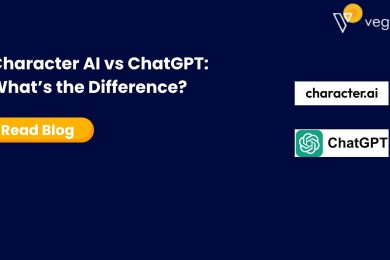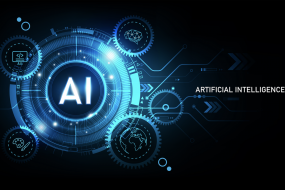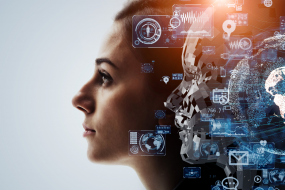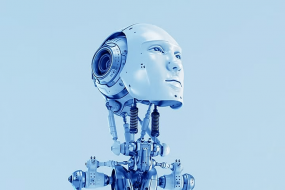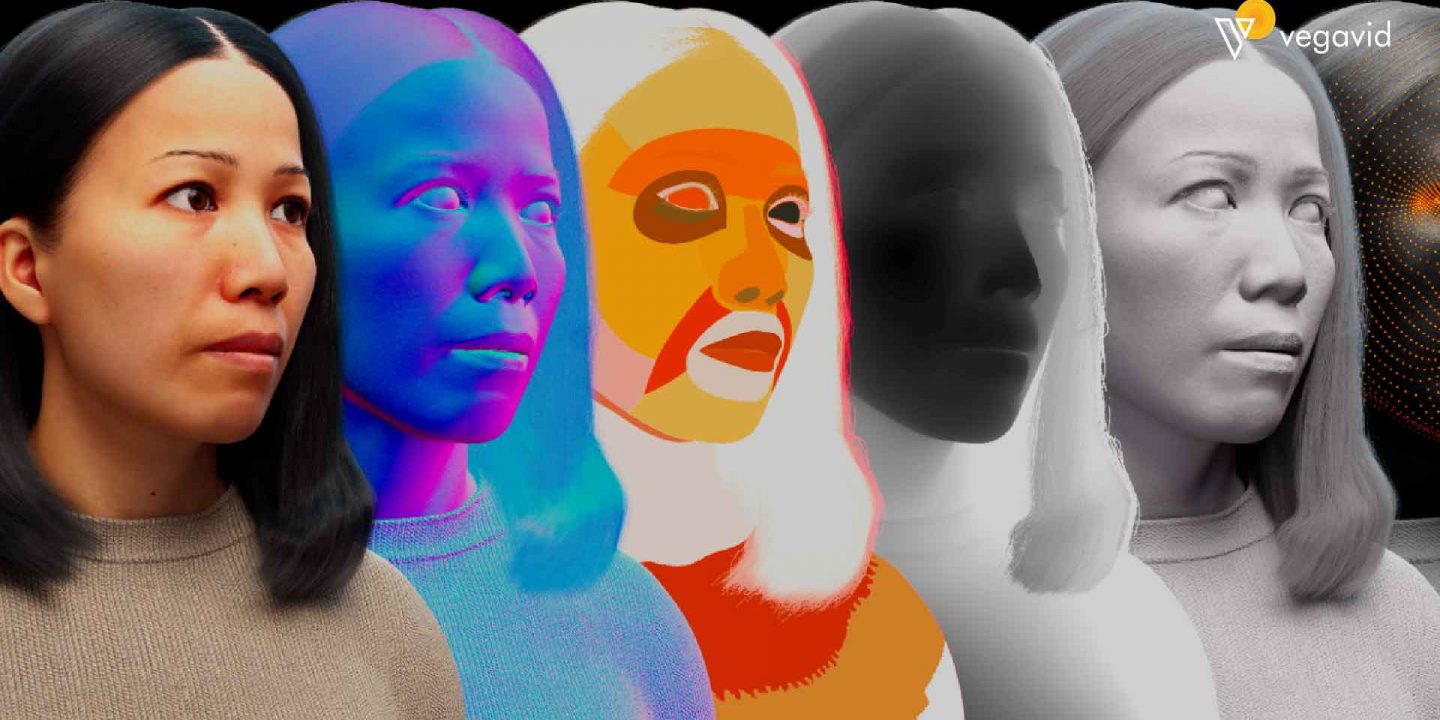
With generative AI becoming increasingly sophisticated, we have visible lovely examples of synthetic photographs, films, and different media generated by computer systems. One of the most popular tactics for generative photograph synthesis is Generative Adversarial Networks or GANs. GANs pit deep neural networks against each other – a generator that produces artificial images and a discriminator that distinguishes real from fake. Through this adversarial training process, the generator learns to generate ever more realistic photographs that could idiot the discriminator. In this weblog post, we can talk about how to construct your very own GAN-primarily based generative AI version for photograph synthesis from scratch. We will cowl amassing a dataset, designing the generator and discriminator architectures, educating the version, and comparing the generated images.
What are generative AI models?
Generative AI models are a category of synthetic intelligence strategies used to generate new records instead of just examining present records. Unlike discriminative fashions which might be educated to classify or label enter statistics, generative fashions study the underlying patterns and relationships found in a training dataset to generate completely new examples which can be much like the unique information.
Some common generative models used include producing sensible pictures, writing new paragraphs of textual content similar to a pattern, and creating synthetic but practical audio documents. These models intend to gain a deep knowledge of the training set distribution to generate new samples from that equal statistical distribution successfully. This makes generative AI very beneficial for obligations like image synthesis, textual content era, and more.
Image Synthesis and Its Importance
Image synthesis refers to the method of artificially producing new photographic pictures with the use of AI algorithms rather than traditional digital camera-captured snapshots. With photosynthesis, generative fashions can programmatically create practical pix of scenes, gadgets, or people that have in no way before been photographed. This is immensely precious in programs including developing massive datasets for machines getting to know obligations, augmenting existing datasets, generating photos for shows while real pix are not available, and even developing custom pictures on call.
Image synthesis also has innovative applications for virtual artwork. Its significance continues to grow as AI progresses and we find new use instances that depend on synthetic photograph facts rather than just actual photos. Mastering image synthesis actions us in the direction of developing broadly sensible machines.
Types of Generative AI Models For Image Synthesis
Advancements in machine learning have enabled new techniques for automatically generating brand-new images. Here, we’ll provide an overview of some common architectures used in leading image synthesis models. We’ll explore the high-level concepts behind these approaches without delving into the technical details.
Generative Adversarial Networks (GANs)
Generative Adversarial Networks or GANs have revolutionized the field of photograph synthesis because of their introduction in 2014. A GAN incorporates two separate neural networks – a generator network that learns to generate new synthetic photos, and a discriminator network that learns to differentiate actual images from faux-generated ones.
During training, the generator improves its capacity to fool the discriminator into believing its synthesized photographs are actual, at the same time as the discriminator receives better at detecting fakes. This antagonistic schooling setup encourages the generator to supply pix extraordinarily near actual ones from the training dataset. GANs are capable of synthesizing exceptionally practical snapshots for an extensive style of obligations. Their current successes have made GANs one of the most popular models for tackling issues involving photo generation.
Variational Autoencoders (VAEs)
Variational Autoencoders (VAEs) are a kind of deep neural network that are normally used for image synthesis obligations. VAEs build upon the traditional autoencoder model by incorporating probabilistic distributions. They include an encoder community that compresses the input picture right into a latent vector representation in a decreased dimensional latent space and a decoder network that generates an output photo from the latent vector.
VAEs are trained to not simply reconstruct inputs but also to fit the distribution of the latent vectors to a prior normal distribution. This conditional distribution allows VAEs to interpolate and bring new photos with the aid of sampling latent vectors from the found-out distribution. While VAE-generated pix frequently lack fine info, they’re beneficial for image editing and manipulation.
Autoregressive models
Autoregressive fashions are a class of neural networks that are properly prepared for generative obligations like photograph synthesis. Unlike GANs and VAEs which version the total photograph distribution at once, autoregressive models decompose the joint distribution of pixels into a made of conditional distributions. They generate pictures pixel by pixel, predicting each pixel based on formerly generated pixels.
Popular autoregressive fashions for pictures consist of PixelRNN, PixelCNN, and Transformer-based total models. By modeling pixel dependencies, they can generate remarkably sharp and realistic images. However, their sequential nature makes schooling and sampling very sluggish. While no longer ideal for high-resolution photos, autoregressive models work well for low-res packages or downstream responsibilities like inpainting that rely on high-quality-grained detail era.
Choosing the right dataset for your model
The dataset is one of the most important factors when building a generative model for image synthesis. The quality and variety of images in the dataset will determine how realistic the generated images can be. Larger datasets with more images will allow the model to learn more intricate patterns and details. The images should also cover diverse situations, objects, backgrounds, etc. to avoid model bias. For example, a face dataset needs to include variations in age, gender, and ethnicity. Dataset size may range from thousands of images for simple domains to millions for complex domains like scenic photography. The right size depends on your use case and model complexity.
Another important consideration is the resolution and format of images. High-resolution photo-realistic datasets are best for highly granular image synthesis but require more resources and time. Low-resolution datasets can still train models for basic image-generation tasks. Image formats also matter – JPEG works best for photographic data while PNG preserves transparency for graphics. The preprocessing needs vary depending on the format. Balancing dataset size, coverage, resolution, and format is key to training a generative model that produces images suiting your application’s quality and performance constraints. If your source images aren’t the right size or format, you can use online tools to resize images before incorporating them into your dataset.
Preparing Data for Training
Here are key steps for preparing data for training a generative image synthesis model:
Data collection
The dataset is crucial for building any machine learning model. It takes time and effort to gather a large, diverse, and representative dataset. Research is needed to find open datasets or take photos that cover the desired domains, subjects, and perspectives at sufficient resolutions and quantity.
Data preprocessing
Once collected, raw images often need cleaning. This involves cropping out unnecessary backgrounds and resizing all images to a common size like 256×256 pixels to ensure model compatibility. Format conversion to a smaller file type like JPEG helps reduce size. Additional preprocessing may involve normalizing colors.
Data augmentation
To maximize available data, simple transformations are applied to existing images to artificially increase the dataset size. Common techniques include randomly flipping, rotating, and changing the brightness/contrast of images which helps models generalize without overfitting to minor variations. This boosts effective training data by 3-5 times.
Data normalization
Before feeding images to models, pixel values are normalized for faster training. Values are typically rescaled to the 0-1 numeric range or converted to a standard normal distribution with mean 0 and variance 1. This helps deep learning models, which use nonlinear activation functions, converge during the training process by preventing exploding or vanishing gradients.
Dividing data
Once preprocessed, the full dataset is split into three subsets – training, validation, and test sets. The training set comprises the majority of data for the models to learn patterns. The validation set is used for hyperparameter tuning. Final evaluations use the unseen test set to objectively measure model performance. This ensures models are not overfitted or biased to a specific data split.
Batch creation
Training deep neural networks includes passing mini-batches of statistics to optimize thousands and thousands of parameters. Batches of normalized photo arrays are created, usually ranging from 32 to 1024 depending on the hardware. This batching allows for parallelization throughout GPUs and efficient parameter updates during stochastic gradient descent optimization of losses.
Building a Generative AI Model Using Gans
Generative adversarial networks (GANs) are a class of deep studying fashions that use two neural networks – a generator and a discriminator – that compete against each other to turn out to be stronger. The generator network takes random noise as enter and generates synthetic samples which can be meant to resemble samples from the real data distribution. The discriminator tries to distinguish real samples from the generated fake ones. Through this aggressive education procedure, the generator learns to generate greater sensible samples that may fool the discriminator. GANs have been validated as powerful for producing artificial pics, textual content, audio, and more that look proper to human beings.
To build a GAN-primarily based generative model, the first step is accumulating a dataset of actual samples that the version will try to emulate, including images. The generator and discriminator networks are then created, along with deep neural networks with the correct architectures for the mission. For photographs, convolutional layers may be used.
The education manner involves alternating between optimizing the discriminator to efficiently classify actual vs. Fake and optimizing the generator to provide samples the discriminator is more likely to misclassify as real. Performance is monitored over many schooling epochs till the generated samples are indistinguishable from truth. Hyperparameters like getting to know quotes want tuning for top-quality outcomes.
Conclusion
GANs provide a powerful framework for generative AI using the usage of an adaptive adversarial manner. With sufficient education on big diverse datasets, GAN models can produce synthetic pics that can be almost indistinguishable from actual photos. However, GAN training also can be unstable and depend on many hyperparameters. The best generated snap shots are in the long run restrained through the complexity of the assignment and quantity of training computation.
While generative models are becoming higher quickly, absolutely human-level image synthesis stays a first-rate assignment. Nonetheless, GANs constitute an exciting place of AI that may be explored to build your very own generative photograph models. We desire this introduction to help provide a conceptual evaluation of how GANs paintings and the stairs to put into effect.





